Following the news that Portugal, including Madeira and the Azores, has a place on the UK’s green list, many of us are writing off other destinations and eyeing up its travel potential for the first time. There’s more to Portugal than the Algarve: whether you’re in search of vines, hiking trails or secluded shores, it’s possible to pull off an extremely varied break here.
The Coast
As popular as Portugal is for its beaches, its long Atlantic coastline and wealth of islands means there’s plenty of coastal seclusion to be found. The Serra da Arrábida Natural Park near Lisbon covers more than 100 square kilometres and is the setting for several sandy stretches and smaller coves including Praia de Galapinhos.
Quieter beaches in the popular Algarve then include those of the Parque Natural da Ria Formosa, which stretches along the coast between Garrão and Manta Rota beaches. Boat trips from Faro—capital of the Algarve—introduce you to the uninhabited island of Ilha Deserta.
Away from the mainland, the Azores are fringed with dramatic beaches that remain uncrowded. The archipelago’s largest island, São Miguel, is home to stretches of coast such as Praia de Santa Bárbara that are popular for water sports like surfing, along with more secluded dark-sand beaches like Praia da Viola.
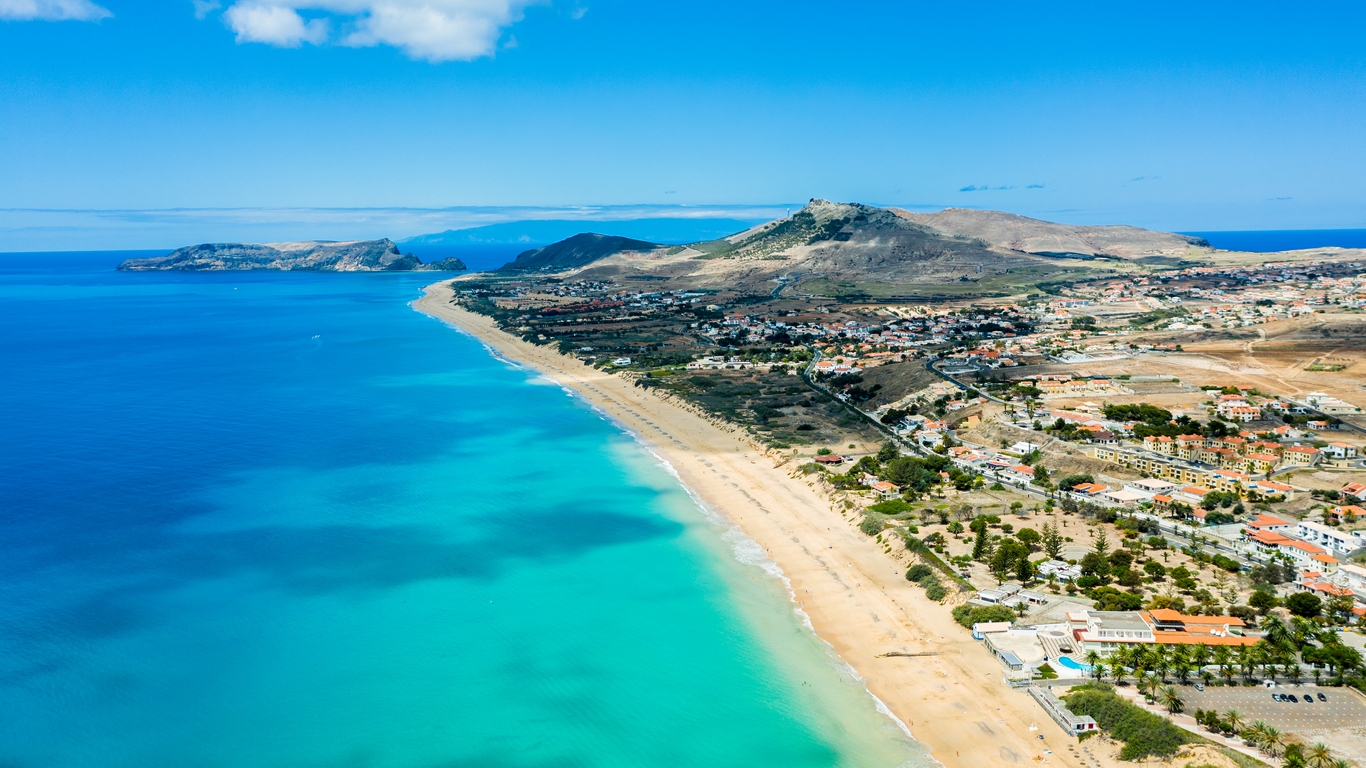
Over in Madeira, an archipelago of four islands, picturesque coastal spots include the nine-kilometre sandy stretch of the ‘golden isle,’ Porto Santo. In the Azores, stay at a coastal retreat like the Santa Bárbara eco-beach resort on São Miguel island, and in Madeira stay at a sea-view property such as Reid’s Palace, A Belmond Hotel, which sits amid subtropical gardens on cliffs overlooking the Atlantic Ocean.
Wine tasting
Wine production has long been a part of Portugal’s cultural identity. Following the cultivation of Portugal’s first vineyard in what’s thought to be around 2000 BC, the country began exporting wine during the Roman Empire and the Douro Valley became the world’s first official demarcated wine-producing region in 1756. In 2001, UNESCO designated the Alto Douro Wine Region a World Heritage site, citing its 2,000-year viticultural history. Now, the country is recognised for its award-winning wines as well as thriving wine tourism.
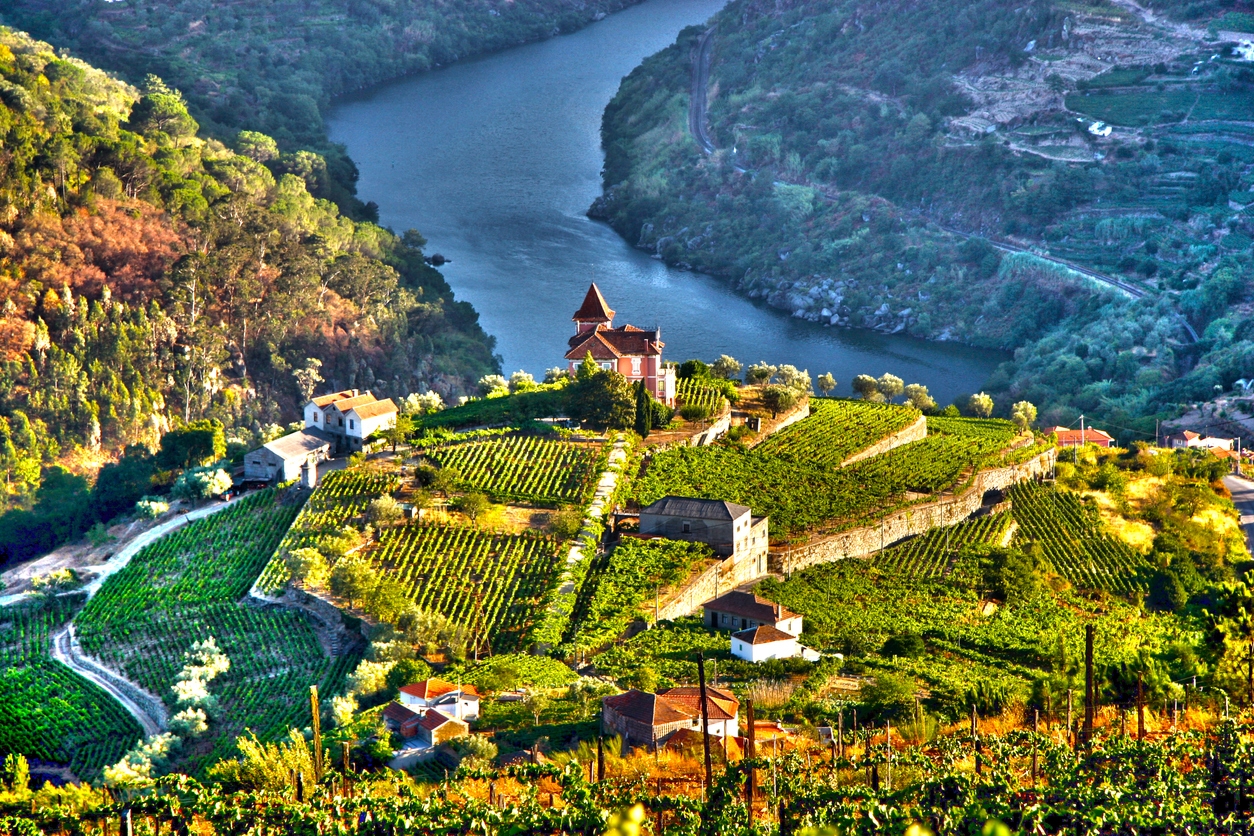
The country’s wine tourism is largely focused on the Douro and Alentejo regions, with other vineyards and wineries dotted around other parts of Portugal including the Algarve, the wine country surrounding Lisbon and expansive region of Vinho Verde.
The Douro Valley is easily accessible from Porto with vines growing in abundance on terraced slopes leading down to the Douro River. Wine producing quintas invite tourists in for tours and wine tasting, with some even allowing you to join in the grape harvest. Hotels such as Six Senses Douro Valley immerse guests in these bucolic surroundings and Quinta da Pacheca even hosts guests in suites taking over giant wine barrels.
Mountains
Portugal’s historic villages and remote volcanic islands make it ideal for outdoor pursuits. The country’s largest region, Alentejo, has several major hiking trails to set out on. In the north of the region, the signposted Alentejo Feel Nature network of walking routes, for example, leads hikers between natural sites such as the Serra de São Mamede Natural Park and Naturtejo Geopark, as well as villages and medieval castles. Portugal’s capital Lisbon also provides easy access to a range of protected areas including the Sintra Cascais Natural Park, which encompasses the UNESCO World Heritage Cultural landscape of Sintra.
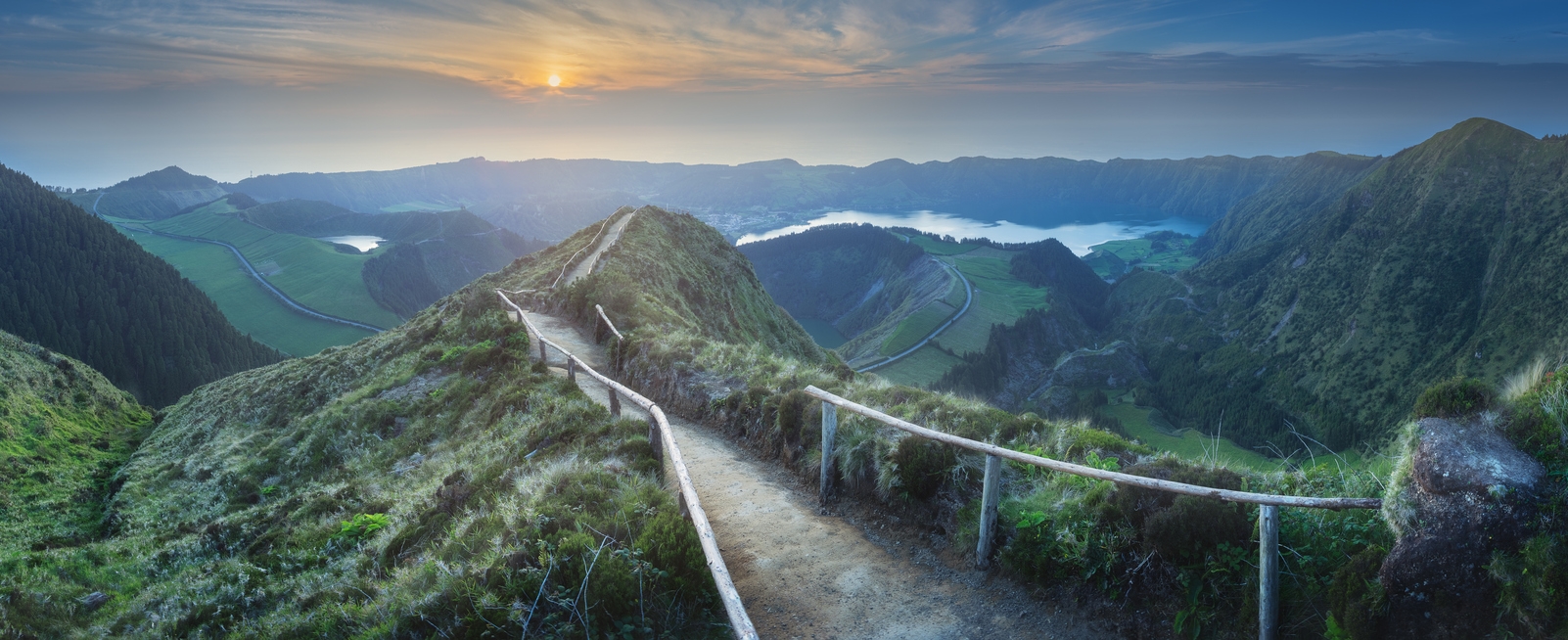
The nine volcanic islands that make up the Azores offer a wealth of opportunities to discover swathes of verdant landscape containing lakes, waterfalls, forest, cliffside and thermal springs. There are vast networks of both hiking and cycling trails across all nine rugged islands. The Trilhos dos Açores network includes as many as 80 walking trails, with separate routes established for cyclists wanting to explore both on and off-road. These routes are detailed, along with all the other hiking and cycling trails across Portugal, by Portuguese Trails.

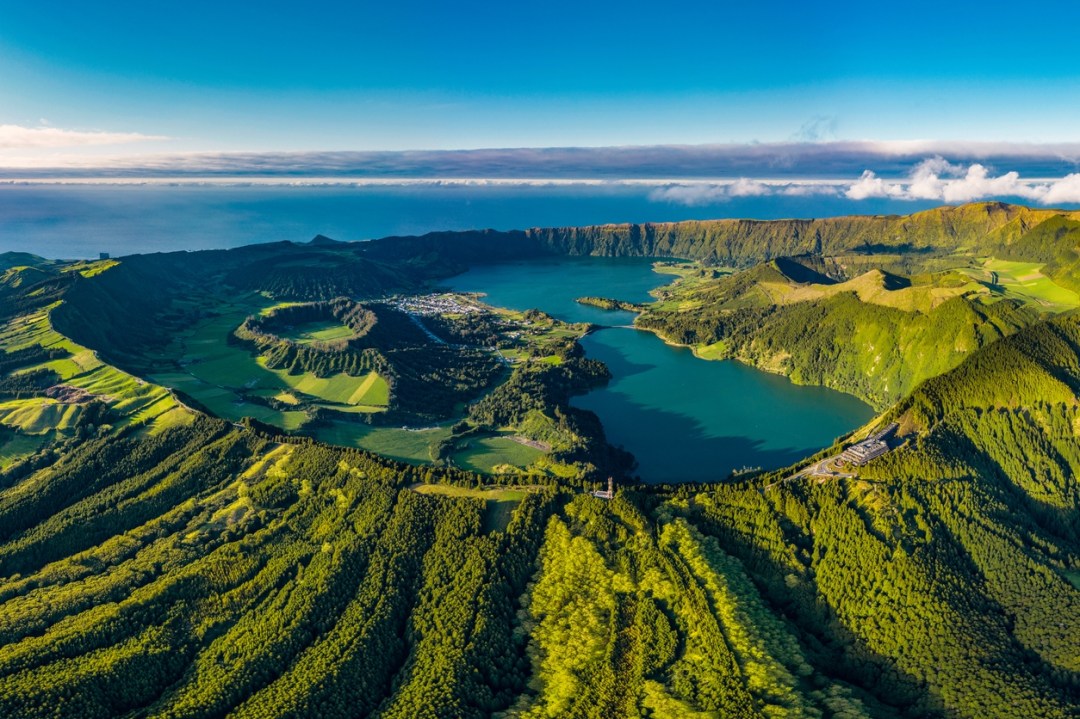
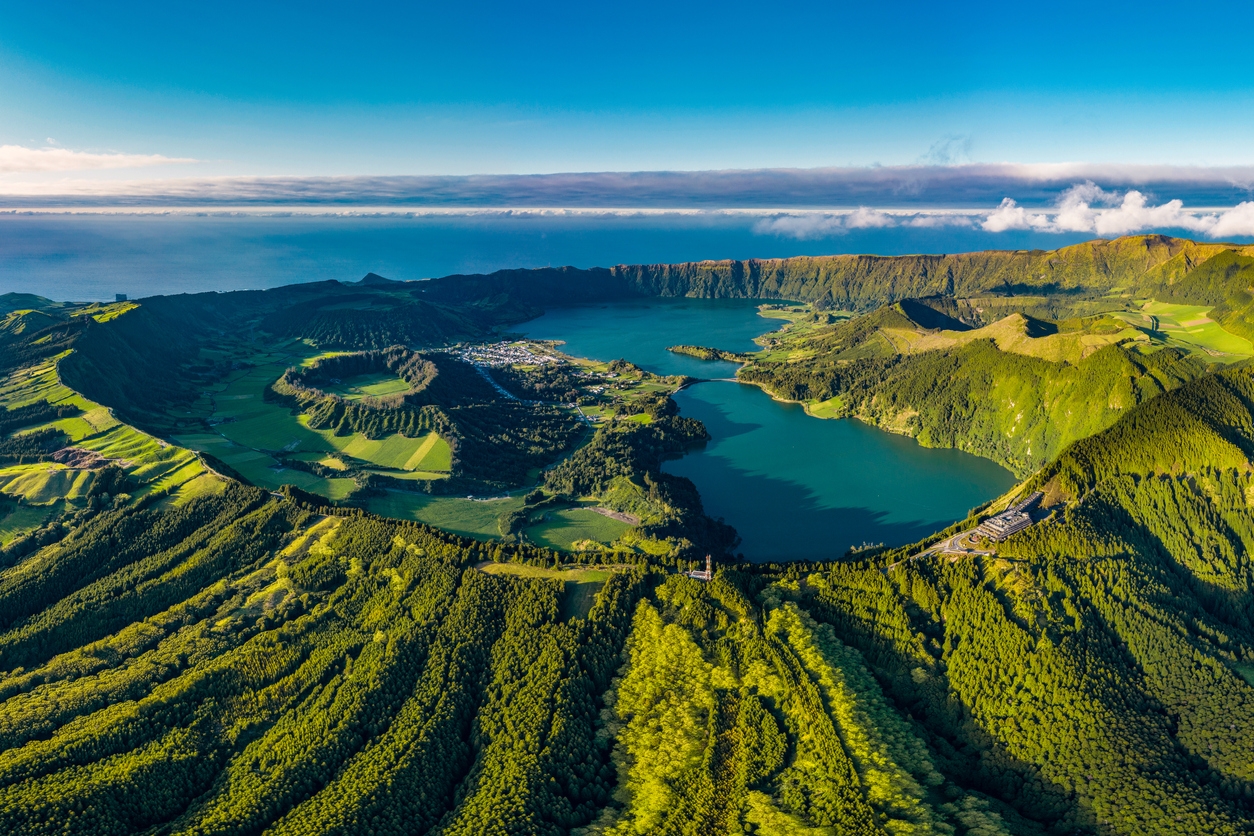




Comments